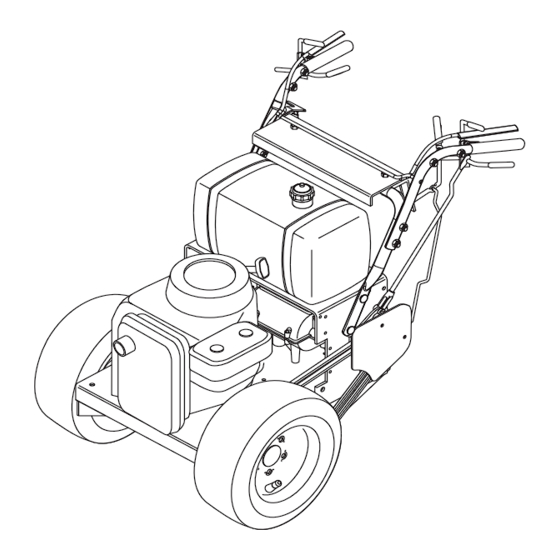Auto Doc's
Lawn Addict
- Joined
- Sep 7, 2024
- Threads
- 23
- Messages
- 1,939
Hi Georgia Dave,It's not DC as we think of it, nor AC. Everytime the magnet passes in front, it causes a magnetic field to form in the ignition coil primary. When the magnet passes, the field collapses causing current to flow in the primary. The primary current causes current to flow in the secondary (not sure of the voltage multiplication, probably at least 100:1) which causes a spark to flow across the spark plug terminals. While this occurs, the primary voltage goes from zero, to perhaps a few hundred volts, then back to zero as the field collapses. The voltage measured would be more AC like than DC, but without any negative component. On an oscope, this will likely show as a very noisy square wave (I'm guessing, haven't hooked mine up yet). The frequency would vary with the motor RPM, which is why I say it's almost AC. The trick would be to convert that noisy square wave to DC to run a safety switching circuit. What I'd like to know is the method the interlock uses to convert that square wave to DC. I'm supposing a cap diode and resistor would do trick, but I was hoping someone here has already figured that part out...
If you turn your flywheel to TDC during the ignition cycle, you'll see the magnet has already moved past the center of the ignition coil - this is how simple engines are timed.
I have only seen inline diodes for each coil used on the primary kill wire of most V-twin engines. It prevents primary "kill wire" discharge into each of the opposing coils.
I'm not sure about the idea of feeding coil "flyback" voltage back into an interlock device. As you say it would be a noisy square wave, or just a bunch of hash spikes.
I am not certain this or any interlock device is meant to be powered, it is simply a ground signal junction for all of the safety switches to meet at.
I have such an interlock (small version) on an old 1980's Snapper (no-electric start and no battery or lights) and all it does is ground the coil if the deck engage switch is in the on position or the key is switched to off. With both switches in their proper (start) position, it will allow the coil to work, and the engine can be started with the pull rope. Otherwise, a person could pull on the rope until they are blue in the face.
Lawnmower (magnetic induction) coils do not work quite the same as conventional old school 2-wire 12V automotive coils.
According to the diagram the key switch has its "master" ground, and the interlock has its own ground for the series of safety switches. The way I read it, each switch has to be in the correct open or closed position for the interlock to do its job.
In this case an Ohm meter would be used to verify the switches agree with the diagram legend at the top.

